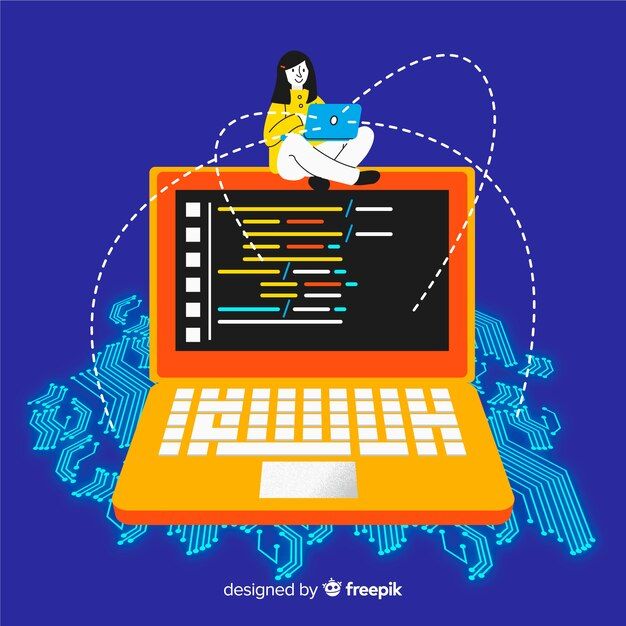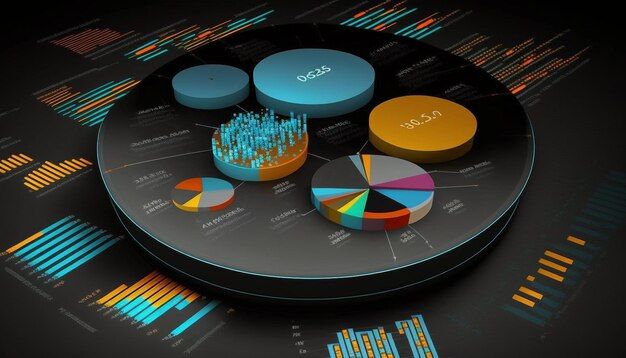Python
Python
Unit 1

Loops in Python
21 March 2024
Read more

Introduction To Python
Introduction to python programming : : Variables and assignment statements, data types, Operators: Assignment, Unary, Binary, Arithmetic, Relational, Logical, Bitwise Operator and membership operator
21 March 2024
Read more

Operators in Python
21 March 2024
Read more

Strings in Python
A string is indeed a sequence of characters enclosed within either double quotation marks ("") or single quotation marks (''). Strings are a fundamental data type in computer programming and are used to represent and manipulate textual data.
21 March 2024
Read more

Control Structures in Python
Control structures in Python are like the navigation tools in a Python program. They help you decide what to do next based on certain conditions.
21 March 2024
Read more
Unit 2
Unit 3

Functions in Python
Functions in Python such as defining, calling, arguments, return values, scope, lifetime, and recursion, are crucial for proficient programming.
21 March 2024
Read more

Modules and Packages in Python
Modules and packages are fundamental to structuring Python code effectively. They allow you to reuse code and organize functionality.
21 March 2024
Read more

Introduction to Matplotlib (Bar graphs & Pie Charts)
Matplotlib is a Python library for creating various types of data visualizations, including charts, plots, and graphs.
24 March 2024
Read more
Unit 4

NumPy , Array Types and Array Operations in Python
NumPy (Numerical Python) is a Python library. It provides support for multi-dimensional arrays, along with a collection of mathematical functions for arrays.
21 March 2024
Read more

File Handling in Python
File handling in Python involves working with various types of files, including text files, binary files, and CSV files. You can perform a range of operations on files, such as creating, writing, appending, inserting, deleting, updating, and modifying data.
21 March 2024
Read more